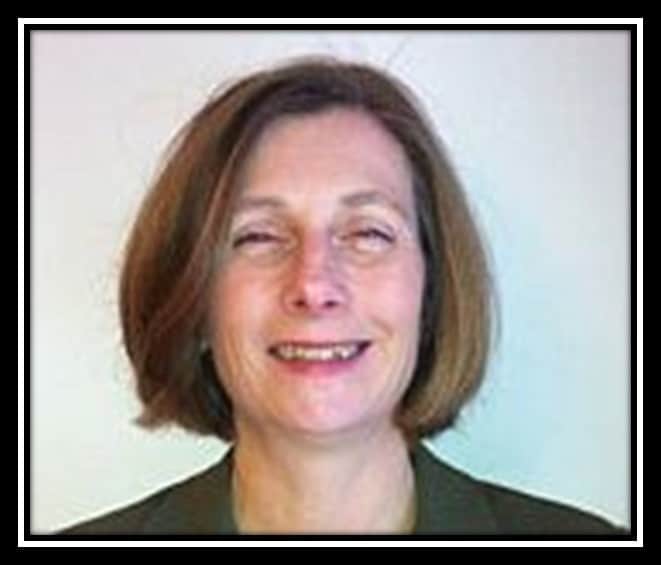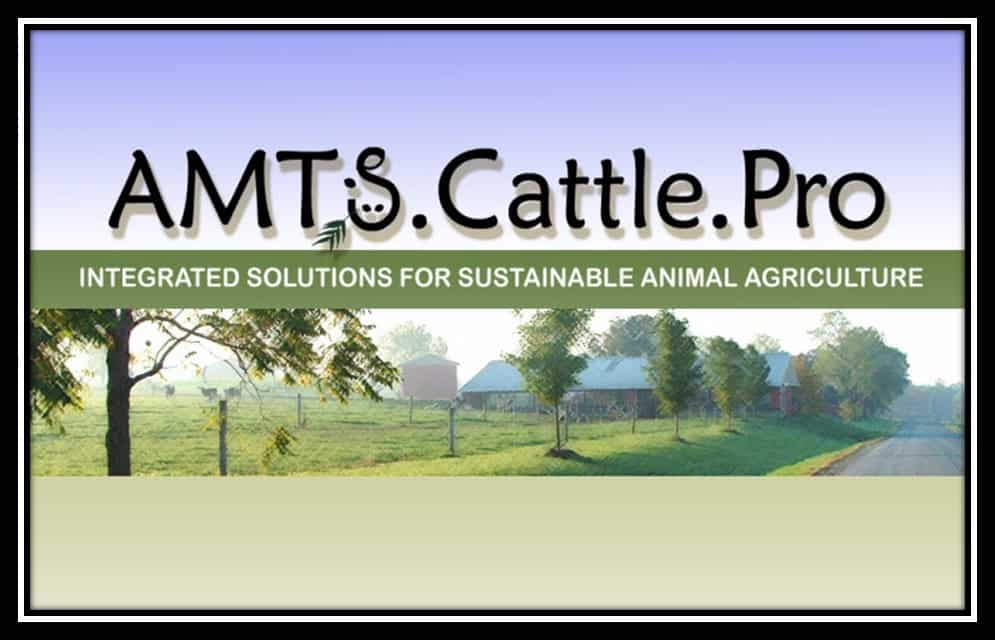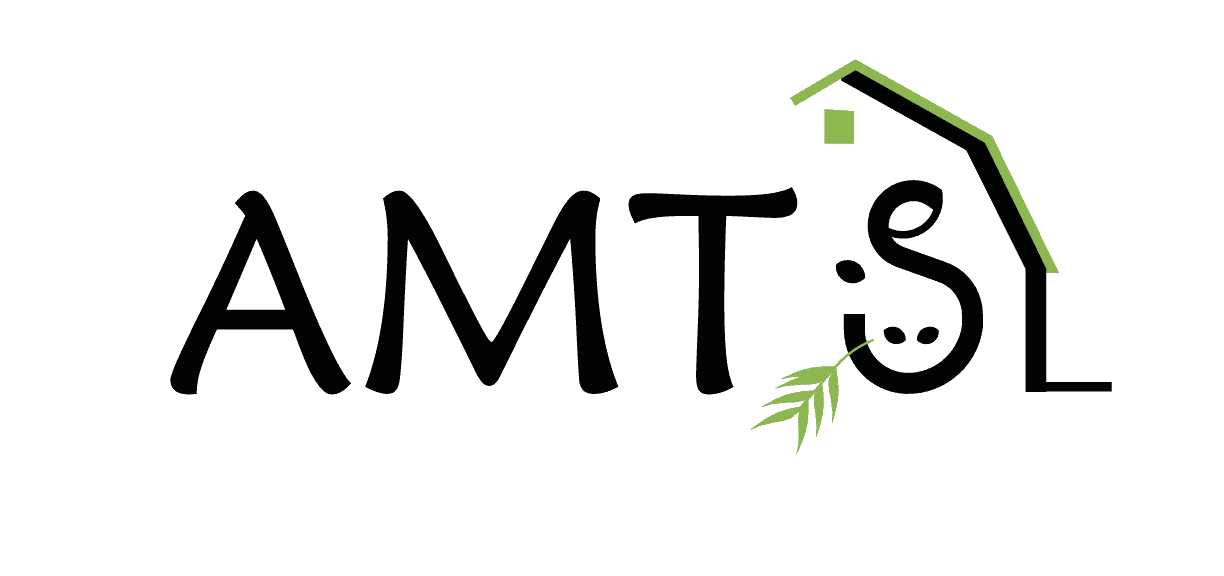This is the second posting from Dr. Danny Fox about the early days on CNCPS and some background on the founders of AMTS. The last one focused on the development of the model; this post focuses on the people.

AMTS is a CNCPS (Cornell Net Carbohydrate and Protein System) based model designed to implement the latest version of the CNCPS on Dairy Farms to reduce feed costs and N and P excretion per lb. of milk produced. The founders of AMTS, Tom Tylutki, Caroline Rasmussen, and Vajesh Durbal were involved with the development of the CNCPS and are uniquely qualified to achieve these objectives of the CNCPS model.
We (Fox et al., 1990) published CNCPS version 1 as a Cornell Agriculture Experiment Station Bulletin, and applied it with a Lotus 1-2-3 Spreadsheet. Tom learned about the CNCPS and used this spreadsheet in labs in a nutrition course Charlie Sniffen helped develop and co-taught in 1989. I met Tom when he was taking this course as a senior in Animal Science. During that time, Tom told me that he wanted to work with the CNCPS model. So I offered him an assistantship and for his M.S. project Tom worked on the environment and growth sub models. When that was finished, I hired him as a research support specialist to work on our “Integrating Knowledge to improve Dairy Farm Sustainability” project. Tom was responsible for working with two Dairy Farmers to implement Whole Farm Nutrient Management Planning, using the CNCPS for herd nutrition management and to collect data to evaluate the impact of whole farm nutrient management. That project finished in 1996 and he went to work for Cornell Cooperative Extension as a Dairy Agent and gained much experience as an extension educator. It became apparent to me that Tom had an excellent understanding of the CNCPS model along with a unique ability to communicate with Dairy Farmers and their nutrition advisors. So he re-joined my group as a research support specialist, in which he worked full time with the development and application of the CNCPS while working on his Ph.D. in ruminant nutrition. McMahon’s EZ Acres Dairy Farm agreed to work with Tom to conduct a 5 year study for his PhD thesis to evaluate the effect of Whole Farm Nutrient Management Planning. During this project, Tom developed a unique understanding of using models to integrate knowledge of soils and crops and herd nutrient management to improve dairy farm environmental and economic sustainability. He used this knowledge to teach students in my Whole Farm Nutrient Management class how to implement the CNCPS on Dairy Farms. After we released CNCPS version 5 in 2003, Tom’s focus was on the development of CNCPS version 6, which included completely re-structuring version 5, incorporating a revised Carbohydrate fractionation scheme and the CPM Dairy fat model, and implementing a feed library that integrated the CNCPS and CPM feed libraries.

Caroline obtained a degree in the Cornell College of Agriculture and Life Sciences (CALS) Agricultural Economics Department in 1980, and came to work for me on projects involving aspects of beef farm business management. Included were evaluating dairy beef as a way to improve profitability on dairy farms and the development of software to predict the requirements and profitability of growing cattle and beef herds, including the preparation of software users guides and research reports. Caroline developed a farm business records program for beef producers in New York State, and worked directly with beef farms to implement it. She developed a Beef Farm Business Summary that could be used by beef producers to compare their costs and returns to other beef farms. In the mid 90’s, she became involved with converting the CNCPS and National Research Council (NRC) Nutrient Requirements of Beef Cattle model from Lotus 1-2-3 to Excel. During the 1990’s, Caroline played a major role as coordinator and economist in our Dairy Farm Sustainability project. Included was working with soil scientists Stuart Klausner and Quirine Ketterings to develop and implement Cornell Cropware. This program and the CNCPS became the computer models to implement the Cornell University Nutrient Management Planning System (cuNMPS). Then from (2001) until her retirement, she worked with Quirine to develop and implement a computer program to do nutrient mass balances on farms across New York State.

Vajesh (Vijay) Durbal obtained a B.S. and M.S. in CALS Agriculture Engineering Department and was involved in a modeling project for his M.S. thesis project. Vijay came to work for me in 1997 to develop professionally programmed software to implement the cuNMPS. He began with CNCPS version 3 in Excel and programmed it in Visual Basic, and added to it components for calculating whole herd daily and annual feed requirements and N, P and K excretion. This was the first version of the CNCPS (version 4) that we distributed to the public. During that time, Alice Pell was on the NRC committee that revised the Nutrient Requirements of Dairy Cattle, and Vijay worked with Alice and that committee to develop the software for the 2001 NRC model. He also programmed Cornell Cropware in Visual Basic. Then we made major revisions to the CNCPS, published this updated version (version 5) in a peer reviewed Journal, and Vajesh used these revisions to create the version 5 software from version 4. This release was the most widely distributed, and we had users in 42 different countries. Vijay then worked with Tom to develop CNCPS version 6.

We than Danny for his time in crafting these past two post. We hope you have enjoyed a little bit of the background of our company. We hope to see you as we travel on the “Winter” round of meetings in various parts of the US and Canada. An update release is in the making. Check back for news about what changes can be found in the next release.

